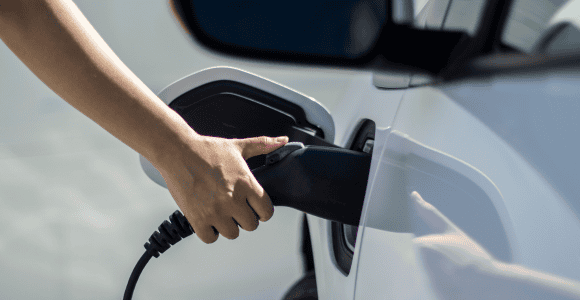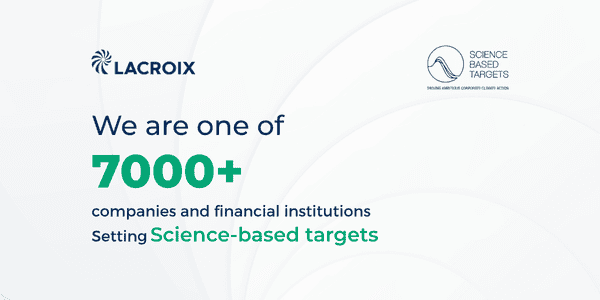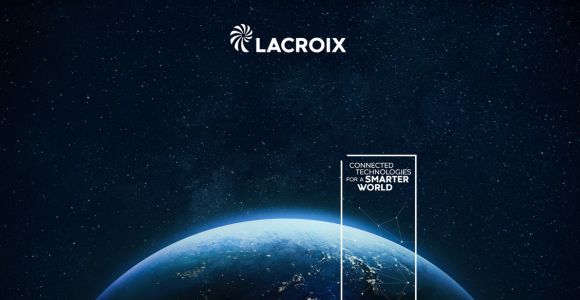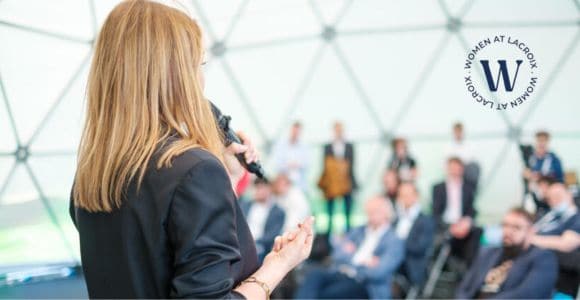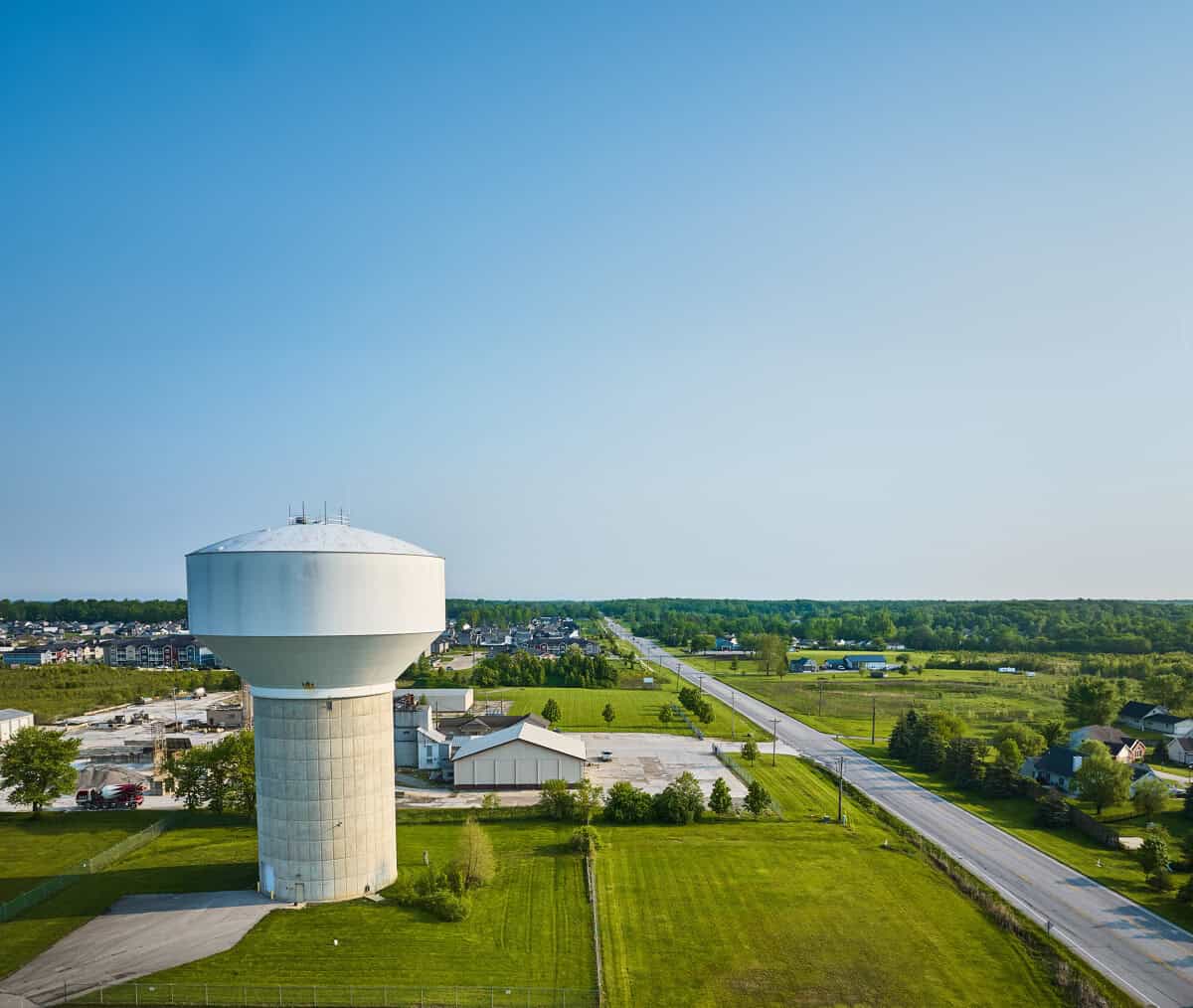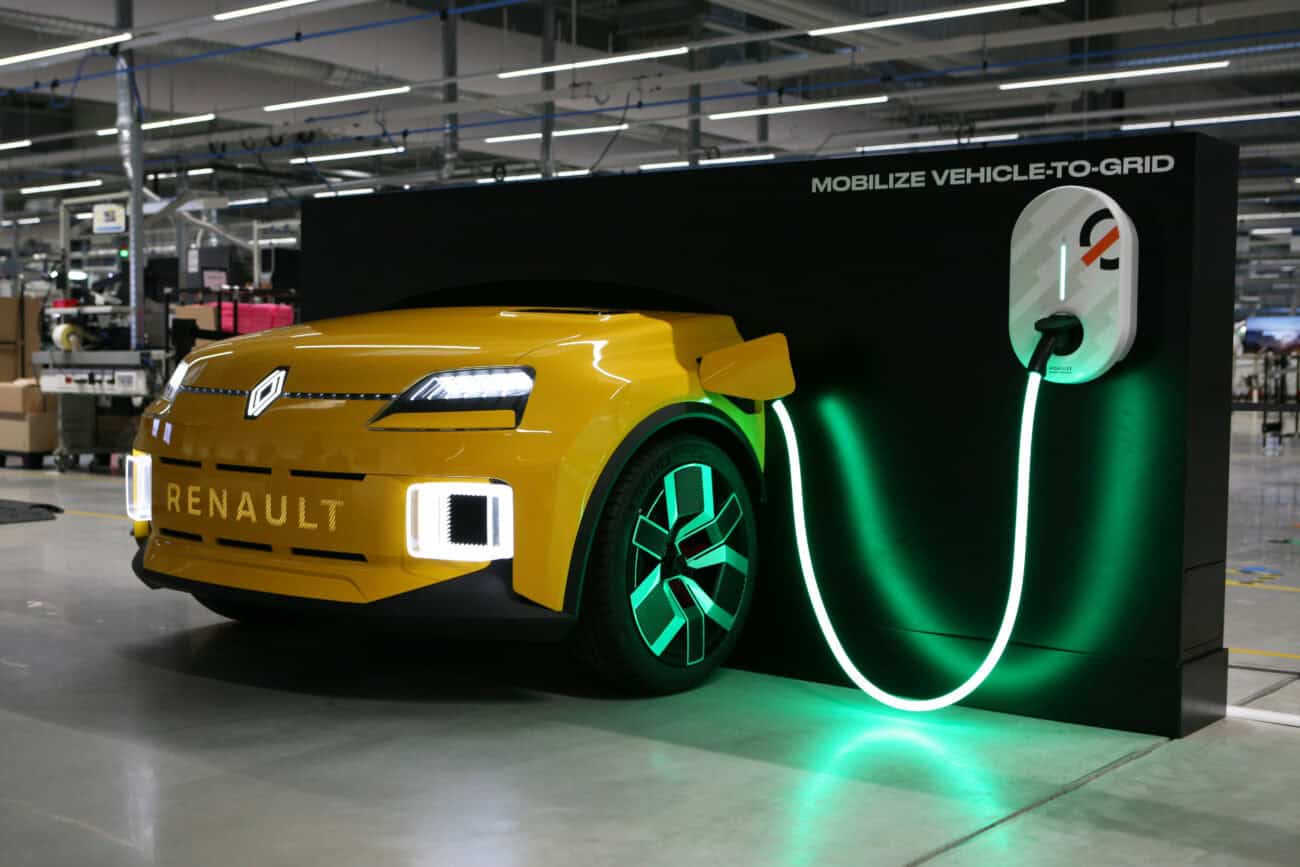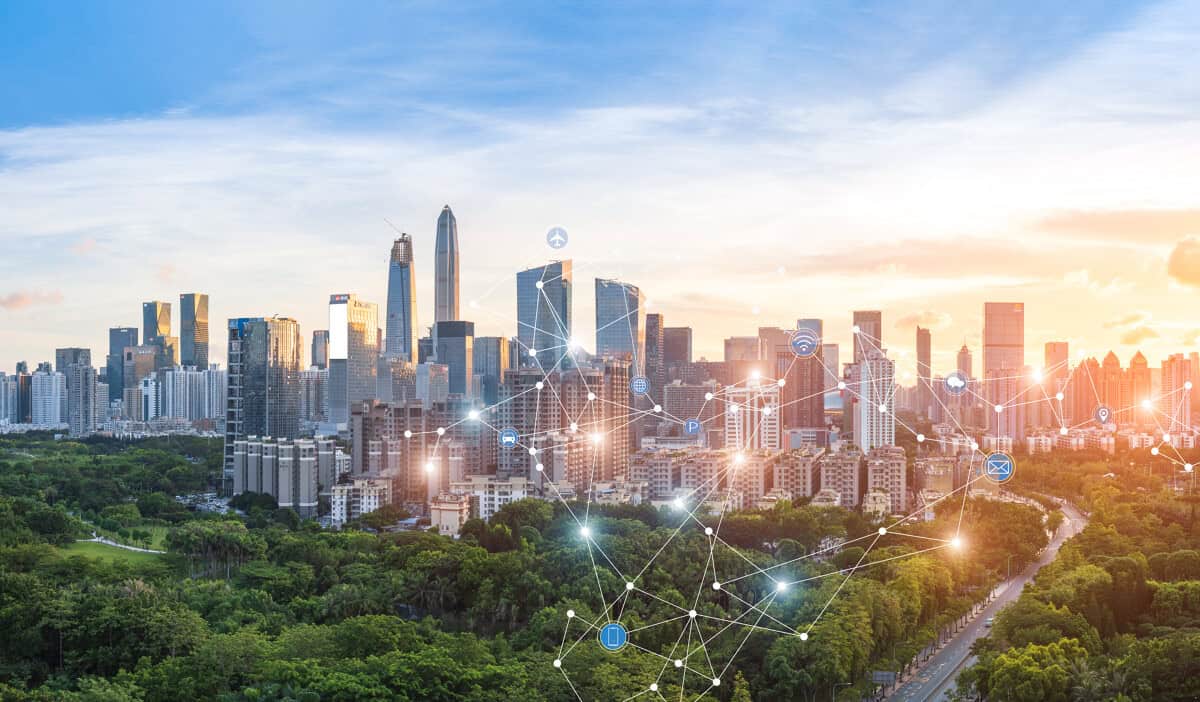Co2 emissions from the energy sector have continued to rise, reaching a new record in 2022. However, there are many reasons to be optimistic: the last two years have also seen remarkable progress in the development and deployment of some key clean energy technologies.
Extract from the conclusion of the International Energy Agency report published in 2021 and updated in 2023.
The electric breakthrough in the automotive market
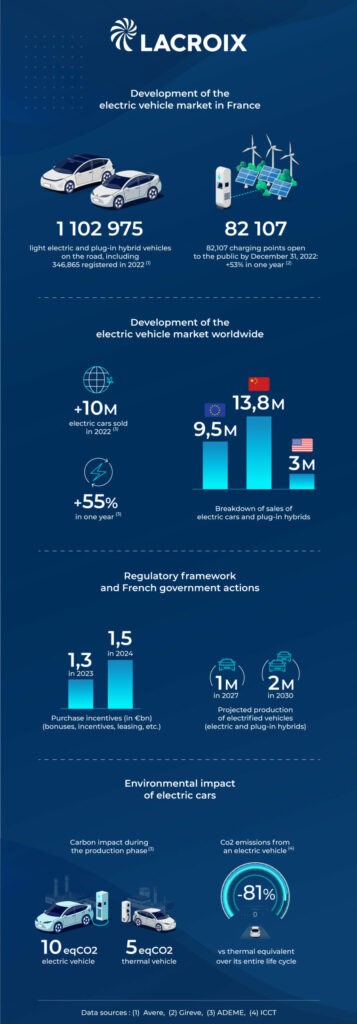
As part of the France 2030 plan, the French government has set itself the target of producing two million electrified vehicles in France by 2030. Market demand is already moving in this direction, the share of 100% electric vehicles sold in 2022 has reached a new record, accounting for 19% of total sales, according to the Plateforme Automobile (PFA). However, the share of electric vehicles produced worldwide represents only 2%, whereas it is estimated to reach 30% by 2035 (source: EV Volumes, GSG Analysis).
There are several reasons for this strong growth.
Firstly, the political will to electrify the vehicle fleet to accelerate the ecological transition by offering an alternative to fossil fuels (with hybrid vehicles, but above all 100% electric vehicles).
Secondly, the improved performance of batteries is extending their range and opening up new prospects in terms of use, including in the heavy mobility sector.
Finally, the development of bidirectional recharging (V2G) will enable vehicles on the road to redistribute the energy they store, becoming mobile reservoirs capable of rebalancing the power grid in the event of high demand.
Green hydrogen: a complementary energy source to electric power
Green hydrogen is a decarbonated energy, produced by an electrolyzer powered by 100% renewable energies (such as wind and solar power). It’s an energy alternative at a time when the future of the electric car depends on technological advances in energy storage batteries.
Hydrogen is the most widely available chemical element on Earth. Combined with oxygen, it produces electricity in real time, directly on board the vehicle, thanks to a fuel cell.
Its vocation is to make public transport in cities more sustainable. The absence of greenhouse gas emissions, particulate matter and noise is winning over more and more urban areas. Hydrogen-powered buses are perfectly silent, releasing only a limited amount of water vapour into the atmosphere. That’s why more and more hydrogen-powered buses are being put on the road every year, as in Toulouse, Lyon, Nice and Rouen (France).
Although hydrogen is still in the early stages of development, this forward-looking technology is contributing to the energy transition by offering an effective solution for reducing air pollution linked to urban public transport.
What’s more, this energy is competitive with electric vehicles. It gives buses a range of over 300 km, with a recharging time of just 10 minutes (equivalent to refuelling with petrol).
Its deployment is set to intensify between now and 2030, in several urban and suburban areas of France.
LACROIX in action for sustainable mobility
At LACROIX, we are working to reduce the environmental impact of means of transport by offering motorization and e-mobility solutions, as well as LED lighting systems.
At our Symbiose assembly plant in France, we manufacture “Mobilize Powerbox®” intelligent, two-way recharging stations with Software République. More practical and faster, these intelligent charging stations are designed to integrate harmoniously into urban infrastructures. They facilitate the adoption of electric vehicles by users, while reducing greenhouse gas emissions. These solutions are part of a broader vision of the urban ecosystem, making sustainable mobility a key element in the transition to a greener future.
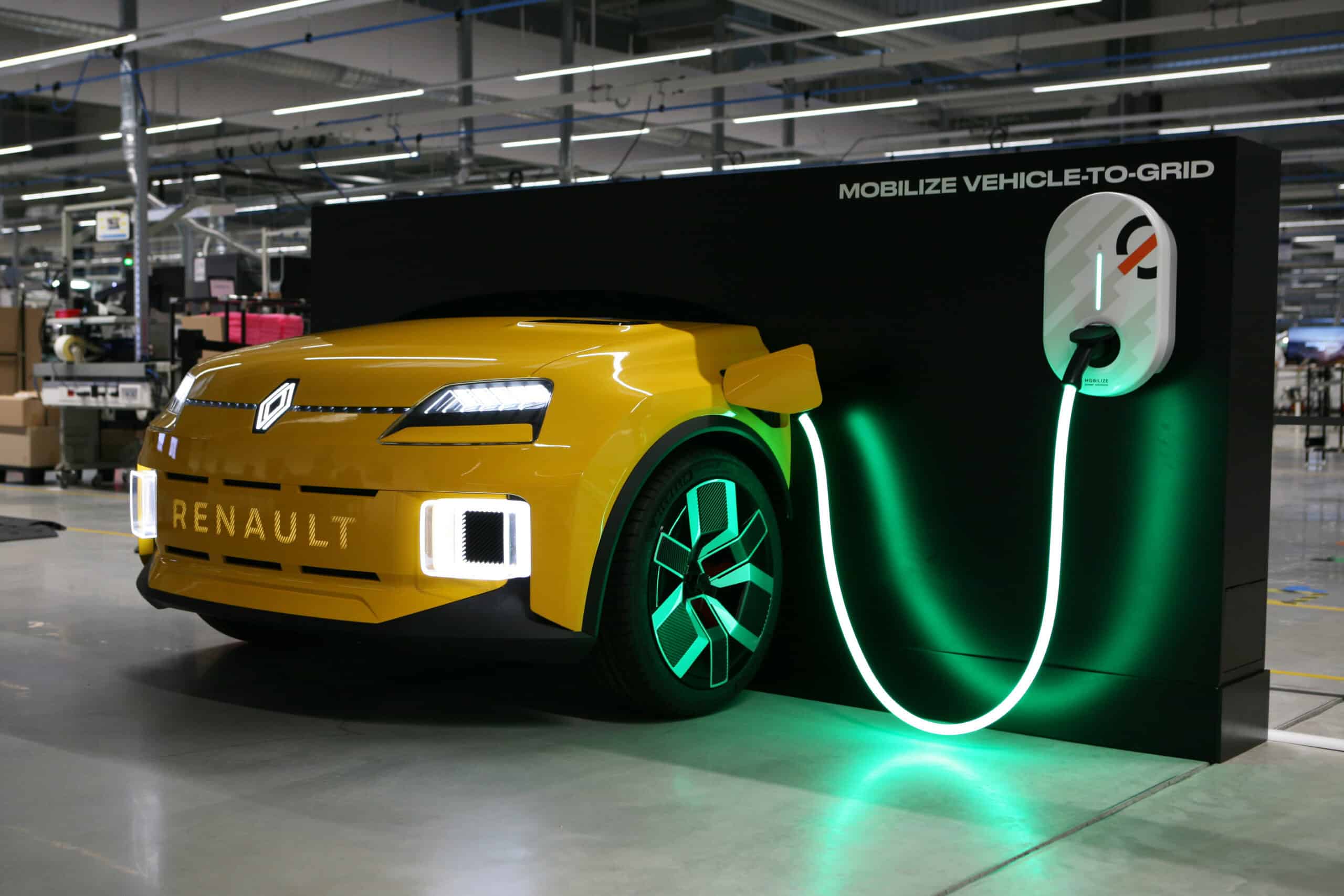
Through our expertise, we support our customers in the development of bi-directional recharging, and actively participate in the development of power electronics for the automotive industry to promote sustainable mobility.
In addition, we are currently initiating projects to manufacture carbon-free fuel cells to transform hydrogen and oxygen into sources of electricity, water and heat.
Our responsibility as manufacturers is to rethink the way we travel and the way we use our vehicles. As cities become denser and resources scarcer, the challenge is to provide our customers with all our know-how to improve urban mobility through smarter, more sustainable electronic equipment and solutions.

